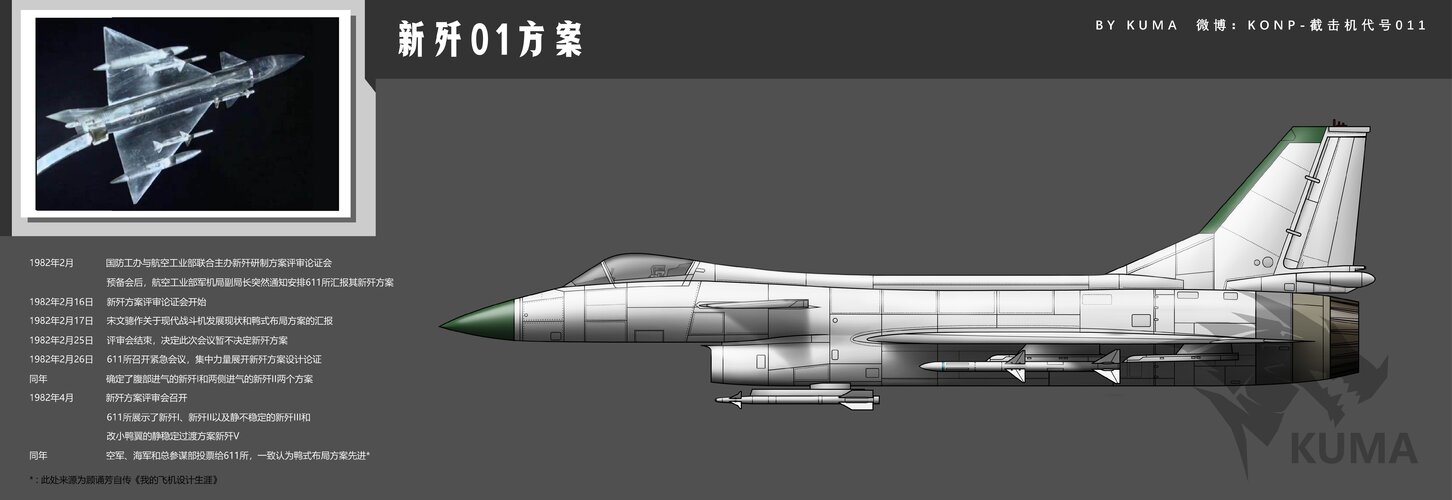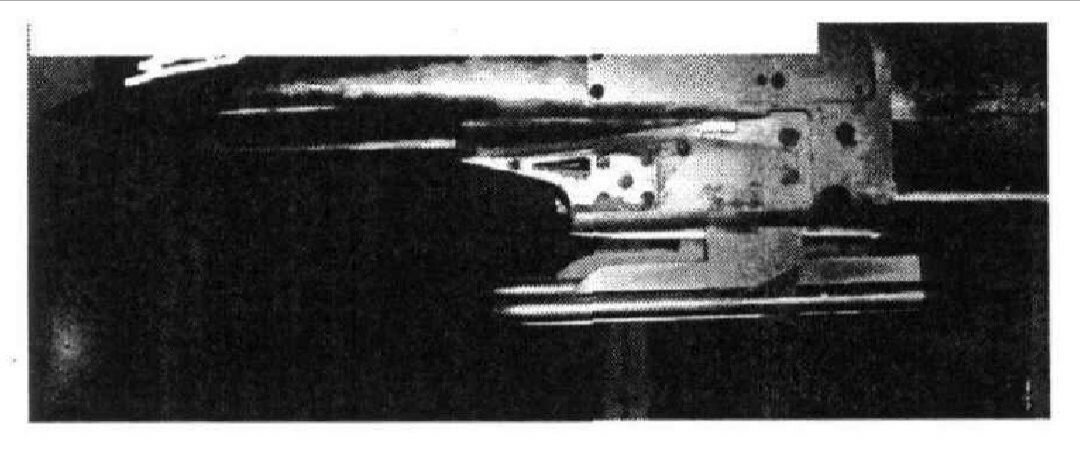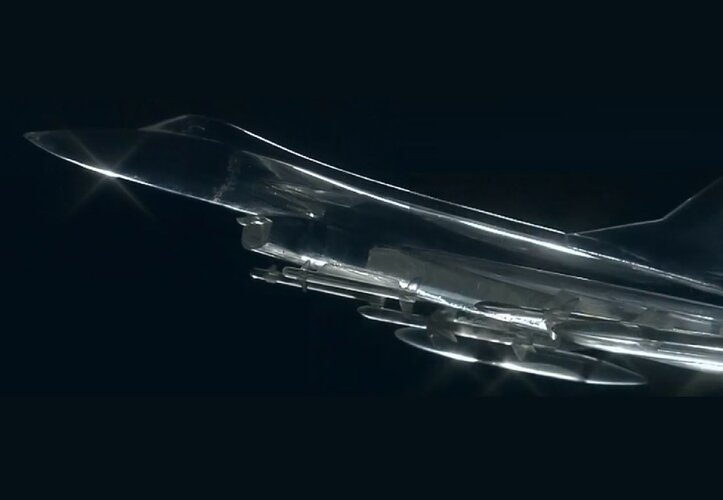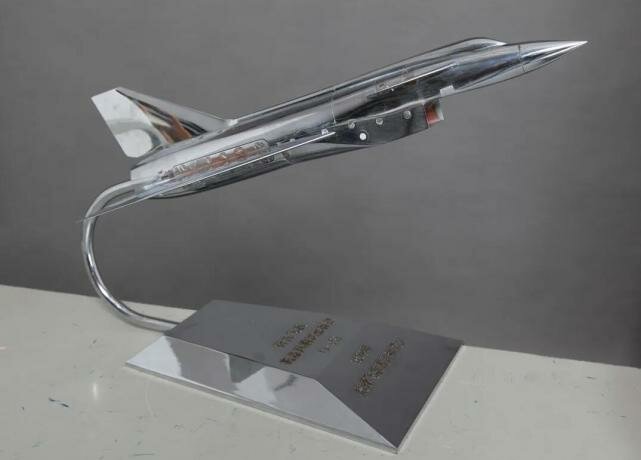- Joined
- 2 January 2006
- Messages
- 3,643
- Reaction score
- 3,811
Due to several aerial combat in the years 1962-63 the PLAAF recognized that the ranges and performance at greater height of their J-6 and J-7 type fighters were particularly insufficient. Therefore the development of a new fighter generation was suggested, in order to meet the new threats in October 1964. Concept studies began in 1964, drawing heavily on reviews of simulated dogfights using the J-7, which revealed that the latter had a very low combat radius and a poor interception speed. It also suffered from the lack of suitable fire control radar and dated aerodynamics. Beginning in 1964, the 601 Bureau in Shenyang began working on improving the performance of the J-7. It considered two possible development ways, which should be pursued further in parallel:
1. The use of the J-7 as basis for an advanced twin-engined jet fighter. For that the general layout of the standard J-7 was to be retained without larger changes. It was planned to be powered by two improved versions of the WP-7 turbojet with thrust of 43 - 44 kN (4.433 kp) each. … this led later to the Shenyang J-8
2. The development of a new single-engined fighter using a new turbofan engine (which was to be designed by the 606 Bureau) in the thrust class of 83,4/121.7 kN (8.500/12.400 kp) with a different air intake configuration to accommodate a suitable radar.
The biggest problem on the second approach was Chinas lack of experience with modern turbofan engines. For this reason the many of engineers involved feared that the engine development could not hold with the development of the fighter design it should power, which later proved true.
The initial goal of this double fold development was a moderately severe air superiority fighter of the 10 t weight class with an operating altitude of 22.000 m, a maximum speed of Mach 2.2 with a range of 1.600 km, in order to keep up with the performance of the American F-4 "Phantom II", which was later expanded to "2 x 25" – to achieve Mach 2.5 at 25.000 m – further.
For that Institute 601 submitted four drafts in the course of the year 1965, each of them with a different aerodynamic layout, such as wing configurations, leading-edge angles and the arrangement of the air intakes (ventral or lateral):
• 50° delta wing (sweep wing)
• 55° delta wing (sweep wing) with tailplane
• 50° double delta wing
• 57° delta-wing
However during the fourth quarter '66 to the beginning of '67 further wind-tunnel tests led to the conclusion that the agility of the new fighter was not optimal as the current configuration was unstable at certain airspeeds. As result the concept preferred so far became "draft A" (= J-9A) with the different configurations I - IV and was replaced by a concept re-designated "draft B" (= J-9B) configuration V. Thus it was decided that the design should be switched to the full delta configuration J-9B-V. But this again resulted in problems with lift at certain airspeeds and complicated the place of lift control devices.
The version J-9B-V pointed itself to it as a tailless delta – similar to the Mirage III – with a leading-edge angle of 60° and a wing surface of 62 m2, whereas the version J-9A-IV was very similar in appearance to the later improved J-8B (J-8II) with a leading-edge angle of 55°.
1. The use of the J-7 as basis for an advanced twin-engined jet fighter. For that the general layout of the standard J-7 was to be retained without larger changes. It was planned to be powered by two improved versions of the WP-7 turbojet with thrust of 43 - 44 kN (4.433 kp) each. … this led later to the Shenyang J-8
2. The development of a new single-engined fighter using a new turbofan engine (which was to be designed by the 606 Bureau) in the thrust class of 83,4/121.7 kN (8.500/12.400 kp) with a different air intake configuration to accommodate a suitable radar.
The biggest problem on the second approach was Chinas lack of experience with modern turbofan engines. For this reason the many of engineers involved feared that the engine development could not hold with the development of the fighter design it should power, which later proved true.
The initial goal of this double fold development was a moderately severe air superiority fighter of the 10 t weight class with an operating altitude of 22.000 m, a maximum speed of Mach 2.2 with a range of 1.600 km, in order to keep up with the performance of the American F-4 "Phantom II", which was later expanded to "2 x 25" – to achieve Mach 2.5 at 25.000 m – further.
For that Institute 601 submitted four drafts in the course of the year 1965, each of them with a different aerodynamic layout, such as wing configurations, leading-edge angles and the arrangement of the air intakes (ventral or lateral):
• 50° delta wing (sweep wing)
• 55° delta wing (sweep wing) with tailplane
• 50° double delta wing
• 57° delta-wing
However during the fourth quarter '66 to the beginning of '67 further wind-tunnel tests led to the conclusion that the agility of the new fighter was not optimal as the current configuration was unstable at certain airspeeds. As result the concept preferred so far became "draft A" (= J-9A) with the different configurations I - IV and was replaced by a concept re-designated "draft B" (= J-9B) configuration V. Thus it was decided that the design should be switched to the full delta configuration J-9B-V. But this again resulted in problems with lift at certain airspeeds and complicated the place of lift control devices.
The version J-9B-V pointed itself to it as a tailless delta – similar to the Mirage III – with a leading-edge angle of 60° and a wing surface of 62 m2, whereas the version J-9A-IV was very similar in appearance to the later improved J-8B (J-8II) with a leading-edge angle of 55°.


































